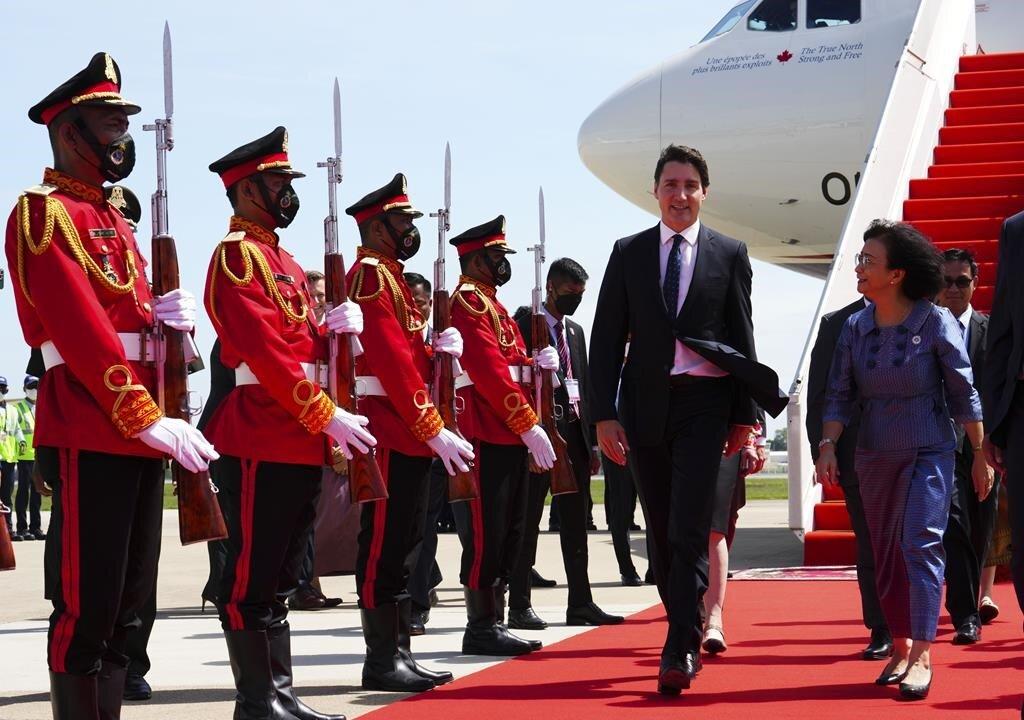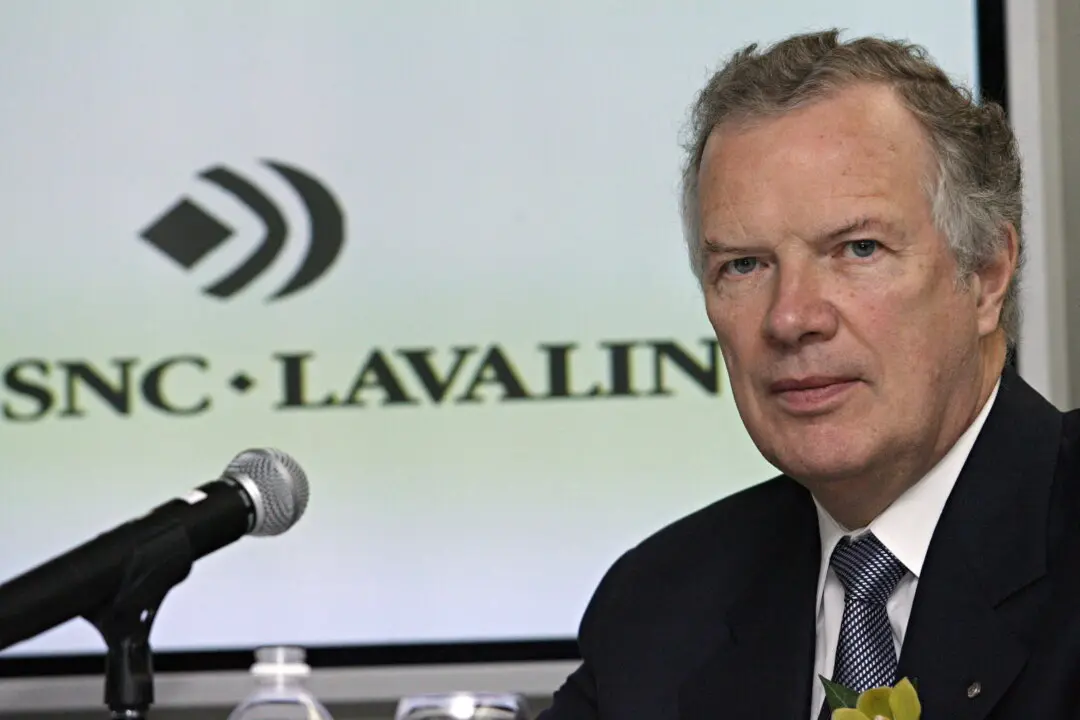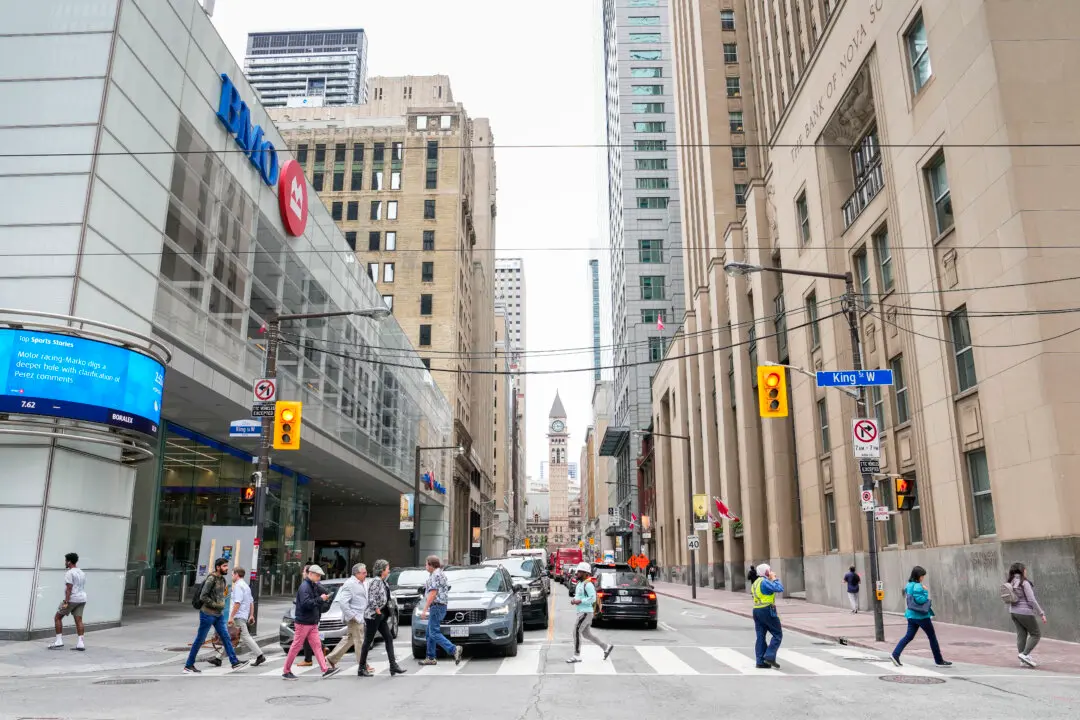PHNOM PENH, Cambodia—Prime Minister Justin Trudeau has touched down in Cambodia for a summit aimed at deepening economic ties with Southeast Asia, a region where Canada’s engagement has been sporadic.
Trudeau is in Phnom Penh for the leaders’ summit of the Association of Southeast Asian Nations, a bloc of 10 countries that includes some of the world’s fastest growing economies.





